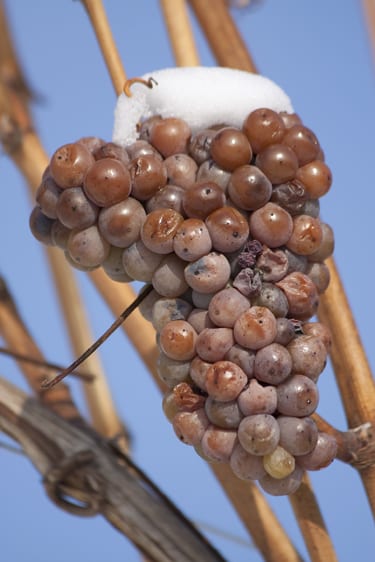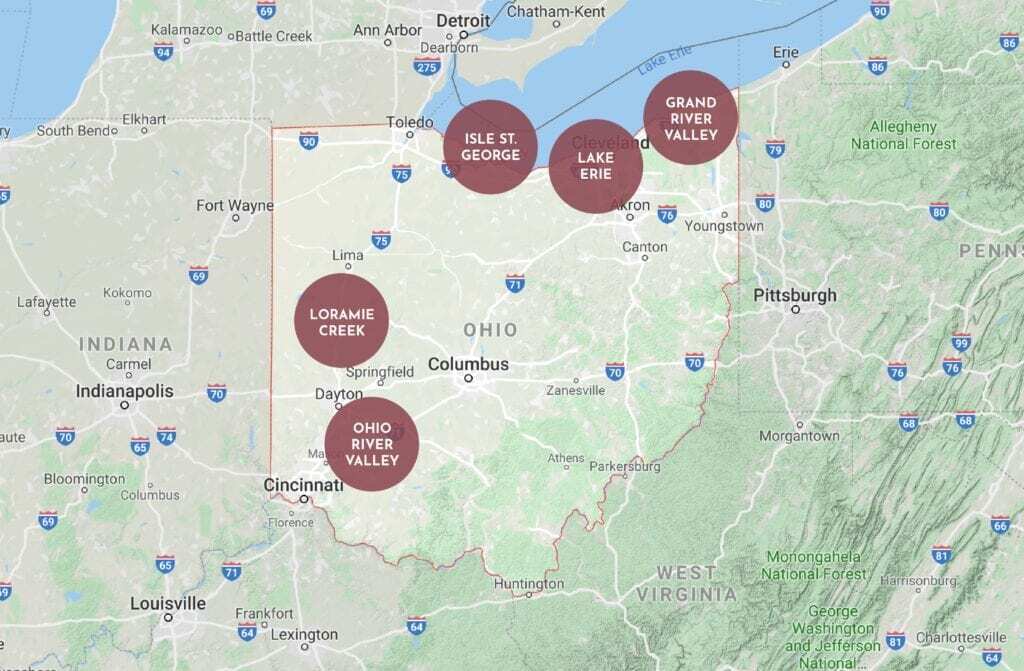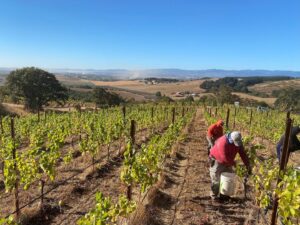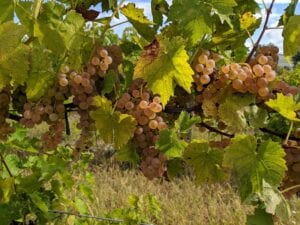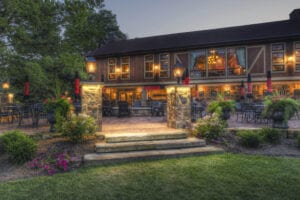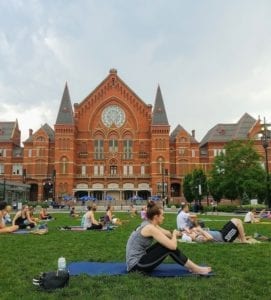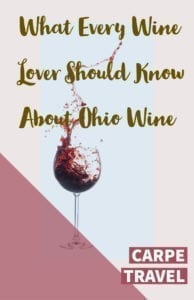Discover OHIO
Wine Country
Did you know Ohio once produced more wine than any other state in the United States, and Cincinnati was the most important city in the national wine trade?
That was in 1859, thanks to Prohibition in the early 1900s, the state’s wine industry collapsed. Today the Ohio wine industry is budding again with area wineries producing award-winning wines. Our Ohio Wine Travel Guide shares a brief history of the state’s wine country, terroir, where to sip, where to stay, and things to do beyond the vines, all to help you plan your next GRAPE escape.
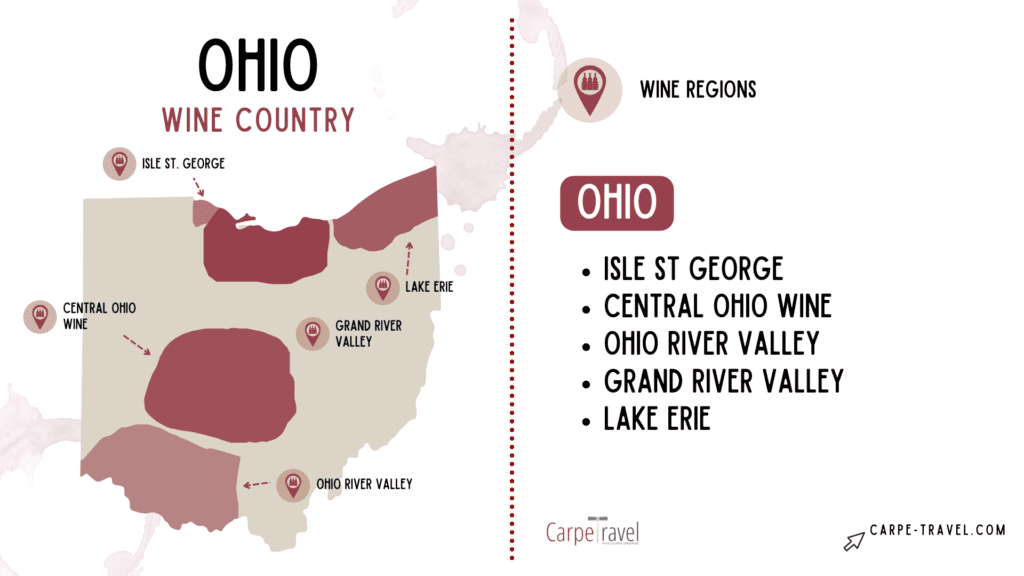
WHERE IS OHIO WINE COUNTRY?
There are five primary wine trails in Ohio, the best to start your adventure is along the southern shores of Lake Erie and into the Grand River Valley. This magical part of northeastern Ohio gives you access to the most wineries in Ohio per square mile.
BEST TIMES TO VISIT
Summer is an ideal time to visit Ohio wine country, but note that fall is an equally perfect time as gentle warm breezes extend to autumn. In the spring, air is a bit more frosty with cool winds blowing over the icy lake.
TOP GRAPE VARIETIES IN OHIO
White Wine Grapes
- Chardonnay
- Pinot Gris
- Riesling
- Vidal Blanc
RED Wine Grapes
- Pinot Noir
- Cabernet Franc
- Chambourcin
Ohio's wine history dates back to the 1800s when American wine pioneer Nicholas Longworth planted the state's first grapes in Cincinnati.
Nicholas Longworth, pioneer of Ohio’s commercial wine industry, planted Catawba grapes in Cincinnati in the 1800s. The wine was instantly praised by consumers for its semi-sweet taste, and because of Longworth’s initiatives, Ohio became the leading producer of wine by 1859, but the success was short lived. During the 1860s, crop diseases began to destroy the grapes and the Civil War significantly reduced the labor force, nearly wiping out the Ohio wine industry altogether. However, German immigrants came to the rescue bringing their winemaking traditions to northern Ohio’s Lake Erie Islands.
Ohio wineries again teetered on the brink of extinction during Prohibition. However, the 1960s revitalized the state’s wine production with the planting of disease-resistant French grapes in southern Ohio. Before long, these grapes were flourishing in the Northern Lake Erie Belt.
Today, there are more than 270 Ohio wineries with more on the way.
OHIO ICE WINE: A TREAT NOT TO MISS
Ohio’s frigid winters brings the state some of its top wine production – Ice wine. Ice wine comes from grapes left to freeze on the vine. These grapes go through multiple freeze-thaw cycles followed by several days of temps below 8 °C / 18 °F before harvest; generally November or December.
Ice wine can be costly, a result of the additional resources required for its production, lower juice yields, and grapes used. Learn more about what Ice wine is in Carpe Travel’s Wine 101.
"In a normal year, growers pick ice wine grapes early in the morning, sometimes at night, so the grapes don’t thaw in the sun. The grapes are kept frozen during pressing as well. Pressing removes water from the grapes, which have dried some already on the vine; the water, still frozen, gets left behind as ice. The juice that results, essentially now concentrated, has sky-high sugar and flavor. In the end, so does the wine it makes."
Ohio State University's College of Food, Agricultural, and Environmental Science
Producing more than 1.1 million gallons of wine annually, Ohio is one of the top 10 wine producing states in the United States.
Ohio has five recognized AVAs and six wine trails. Each of Ohio’s wine trails are located in different parts of the state offering a variety of grape varieties to grow in the multitude of climates and rich soils.
The area two largest AVA’s in Ohio are the 2.2 million-acre Lake Erie and the 15 million-acre Ohio River Valley (also the second largest wine appellation in the U.S.) Lake Eerie is at most 20 miles at its widest point with clay and glacial rock deposit soil. The area is best known for cool climate grapes like Pinot Noir, Chardonnay, Riesling, and Cabernet Franc.
Situated along the southern part of the state, the Ohio River AVA spans the catchment of the Ohio River through West Virginia, Ohio, Indiana, and Kentucky with humid subtropical to continental climates and a wide range of soils.
OHIO WINE TRAILS
Ohio has five recognized AVAs and six wine trails. Each of Ohio’s wine trails are located in different parts of the state making an escape to Ohio wine country an easy task.
- Lake Erie
- Isle St. George
- Ohio River Valley
- Grand River Valley
- Loramie Creek
WHERE TO SIP
With 270+ wineries, Ohio wine country has plenty to sip in. <br> To help narrow it down, here are a few of the best Ohio wineries for your grape escape.
Ficarra
Cellars
Debonne
Vineyards
Laurello
Vineyards
Planning Your Ohio Wine Country Vacation
OHIO WINE TASTING ITINERARIES
WHERE TO STAY IN OHIO WINE COUNTRY
ISLE ST. GEORGE AVA
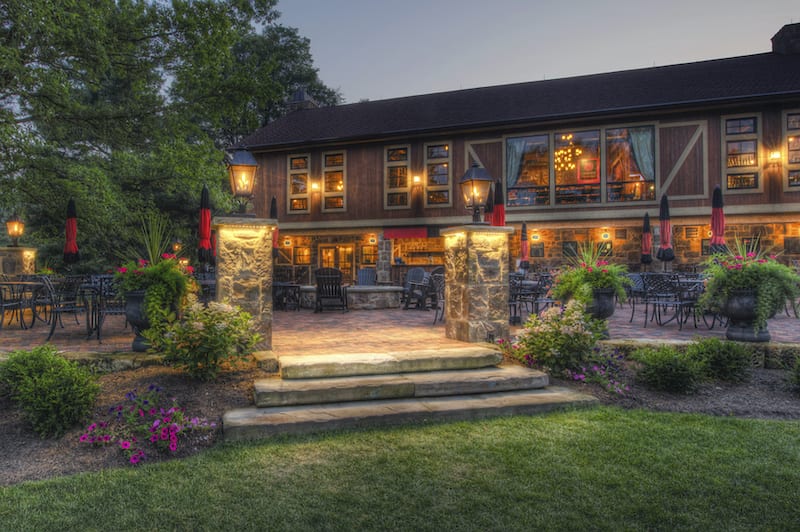
GETTING AROUND
Private drivers may seem like a dime a dozen, but not all those dimes are equal. Look for those who are well rated and/or ask your hotel for recommendations. In the meantime, here are a few we have used and recommend.
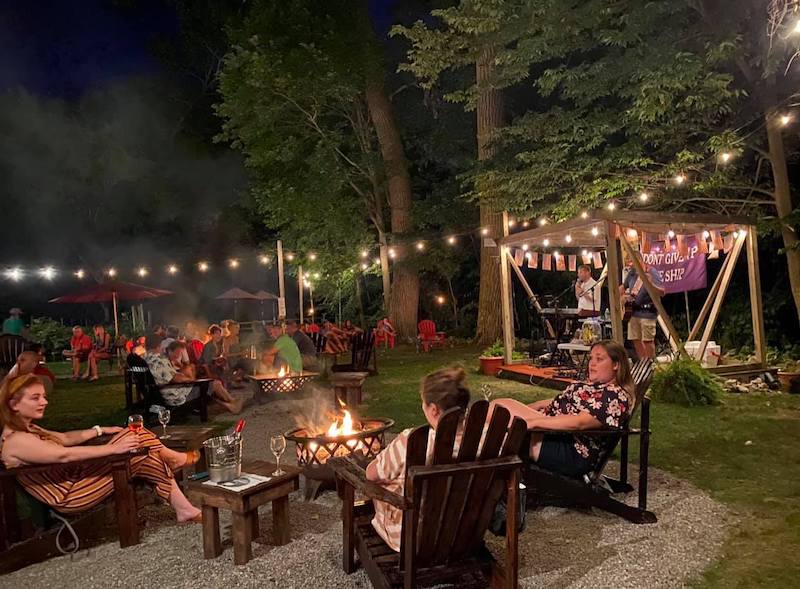
-
This annual two-day festival boasts dozens of Ohio wines, local artisans, live entertainment, food trucks and more. For those who want even more variety, there is a craft beer section to enjoy. Voted by USA Today 10 Best.
- Wine Festivals in Every State Not to Miss
Sip in More Ohio Wine Country
Elaine Schoch is an award-winning travel writer, wine judge, American Wine Specialist and certified by the Wine & Spirit Education Trust (WSET II). At Carpe Travel she shares wine travel destination guides for ALL WINE LOVERS – from novices to experienced pros – to help them plan their wine adventures, arming them with insider tips, must-visit spots, and things to see and do beyond the vines.

